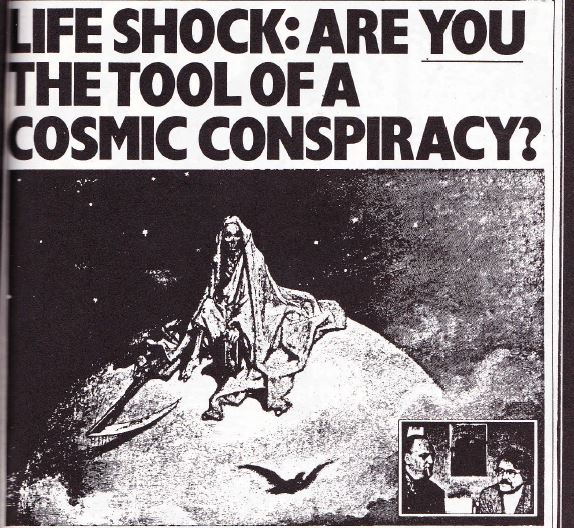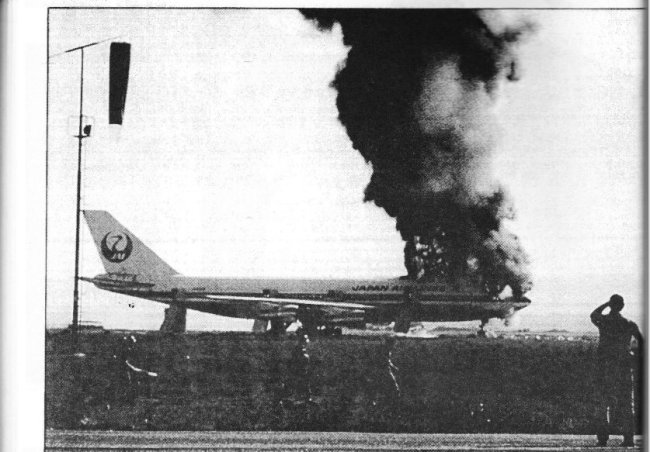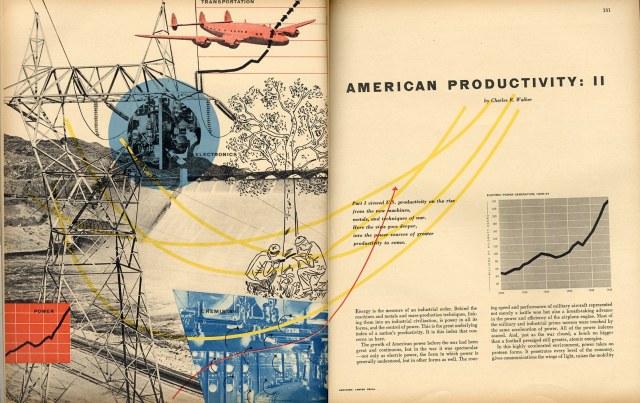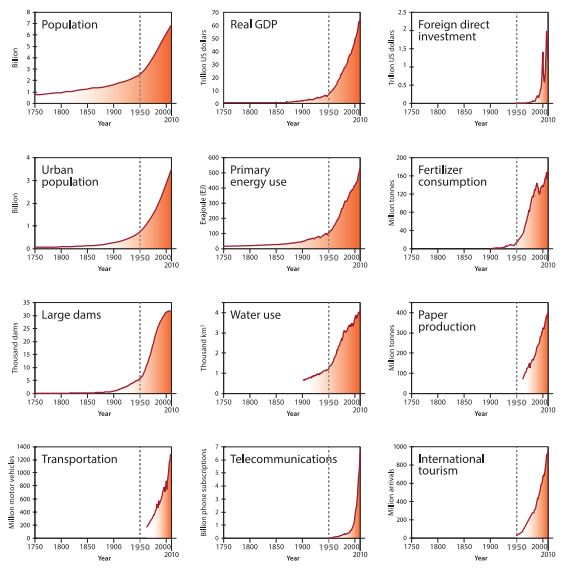Black Capital is a third piece by Metcalf and the final one from the archives (if anyone has the intro he wrote to the dreadfully cursed Hammer of the Gods, a messy collection of statements and aphorisms by Nietzsche strung together for the singular purpose of trafficking in edge, or ‘Vortikill’, a talk given at Virtual Futures ’95, please let me know!). This piece was initially published in two different outlets in 1995, appearing in I/O/D’s first issue and again in the first issue of the CCRU’s Collapse zine. Enjoy!
_____________

THE COMPOSITE CITY
The Western Lands are burning – drifting out into deep space; vapourized in the embers of hollow blazes crackling in the red night. Panorama of a mutant city… shaking, oscillating at convulsive frequency, and breaking up into tectonic tremors of collapse. Human and machine combinations not yet realized pass through immunodeficient membranes… A population of strange, wildly mutating anthropoids gathers on the boarder of state-space, lashed by streams of flak and tracer fire spewing from the control towers policing the line… from desperate migrations… from incredible journeys through desert and jungles and mountains… from stasis and death in rift valleys excavated by vorticular, mass crash, freezing urban sprawl in tailback to infinity… The Composite City – Interzone – grows with the virulence of a deadly fungus… the place of dead roads where all human potentials spread out in a vast, silent market. All buildings in the zone are joined arrangements of wood, brick, concrete, glass, packing crates, corrugated iron; where undead armies of transhumans squat in island expansions of rubbish… locked… no door is no membrane impermeable… everything is free to enter or go out… no counter-measure is effective against osmotic invasion of circulation networks. Epidemics of unknown diseases consume the body. Unburied dead eaten by vultures in the streets, scorched by the sun, rotting in the subliminal hum of sex and illicit commerce. A plague ravages through the city. The digestive track of Capital, particularly the recuperative intestine, is drowned in the reverse bleeding of Black Capital… dirty money… orbiting the market from the outside as threat and panic, and bleeding back inside, filling the intestines of Capital with rogue DNA codes; toxins in the pancreas, secreting poisoned bile and corrosive juices, folding the body in gastro-enteritic convulusions; fluid which is rejected by the liver, and chokes the organism in its own sticky, black, veinal and arterial blood… Cold explosion of reverse transcriptase in cells emptied and redesigned by the viral codes of the Black Market… A hideous dry hunger the virus wracks the body… hunger for the fix of the commodity which consumes the consumer, backed up by an escalating trade in discarded stockpiles of government weapons… The body is streaked with lesions… Fiery cones of blisters rising like little air bubbles under a skin of lava… appearing first around the anus, which wires itself to the mouth of the market in a frenzied binge of eating cancer, then under the armpits; then at places where barely active glands still carry out their functions… Organs open – flowering into wounds in order to better ingest incoming flows of addiction… Reverse-bleeding, we call it, where the addict seizes hold of a rust-speckled safety-pin, gouges a three-inch tear into leg muscle (which hangs open like a ragged bleeding, festering mouth; crying like a started bird for the insertion of the dropper) and plunges in the smack… the protoplasm of the Black Market virus… the addict becoming no more than a trick of the light… raw periphery of meat disintegrating in the flash of a hit of the disease… Being strained to make the impossible break with the flesh and sprint headlong towards the nearest cemetery… The market dashes itself to pieces… Luxurious naked lunch offered to the head of state crawls with multitudes of worms and parasites… The ecstasy of recuperation ends as the indigestible is fatally consumed, the intestines erupt in bleeding ulcers and become the place of feverish, hallucinogenic degrees of composition and calcification. Welcome to the Interzone… the hemorrhage of the global village, where the hydra-head of Black Capital consumes the head of state… where the last days drift by… strung on a syringe… wired to viral control…
HELIOCENTRIC
Piles of dead sheep’s heads, ritually slaughtered and stripped to bones speckled with scraps and stains of corporeal matter, lining the streets, violating stink of passage of shit to soil… passage of form to matter in whirl of entropy… involution through several gradually degrading states, indexed to metric scales of the pathologist’s science… flyblown corpses of children rotting with disease… earth breathing with the pulsing rhythm of demise… plagues of unknown insect colonies, gorged on catastrophic wastage… virus mutations yet uncoded… plates of bacteria spreading over immense dunes of rubbish, secreting toxic vapours… semi-autonomy of cancer-cloned becomings, ejaculating streams of acid from proliferating ogans… vomit of sunstrokes and alcohol sickness in opaque pools… identity manuring the sidewalk with the last reflex jerk of dead humanity, power, and meaning… the opening of all closed circuits, flowering into lesions which bleed in reverse… rustle of sex against the skin closing down with the commodified piece-work of the brothel-shift… peaks of transcendence collapsing into barbarian plateaus of anarchy, guns drawn and blades reflecting shock waves of solar radiation… mortified excremental civilization littering the ruins; populated by tents, bivouacs, pennants and flags of nomadic encampments… fortification of command systems of cybernetic control, shivering in the cold, internal iceflows of the arctic wastelands of governmental authority… the end of monetary exchange as all gold standards melt down; taking world banks of state with it into an inferno of insane speculation… shedding of skin like snakes… exchange of tissue for melanoma and its partial replacement with prostheses, circuit-boards, nano-technology and synthetic germ-killers… hysteria, schizophrenia, and all mental breakdown redesigned as consensual delusion of hallucinatory oder… helicopter gunships, delivering transnational payloads of xenocidal state terrorism shot down in the oriental sunrise which sets over the West… strange attractors fusing parthenogenetic machines, simultaneously crystallizing and collapsing in cathected motor of pulsion and entropic circuit-breaker of repulsion… famine quoted on world exchanges as consumption to the end of suicide, while global sightseers tour the ruins… newsreels of atrocity projected on the lids of dead, undersea eyes; at once cold and intense, picking up the silent frequency of the plague… wild alliances of strays, vagabonds and runaways in cardboard cities of the globe, puncturing points of entry into the urban cores of designer capitalism and rioting for the sheer, incendiary hell of it; consumed by the consumption of consumption… impoverished military wings of ruling assemblies running guns to terrorists, to be turned against authority in counter-hegemonic strikes… the subversion of dominance and submission into circuits of sado-masochistic gratification… SOL, nothing but SUN sodomizing the scientific apparatus of capture… heatseekers imploding everything into the death rattle of rational thought; scattered debris in the undertow of reality-crash… the final unification of human identity under the sign of the environment, slowly revealing the swastika concealed beneath its green cloak… biocybernetic bacterial orgy of teleonomic communication falling to indeterminacy and approaching ABSOLUTE ZERO… mass death in crosstown auto-collision… cryogenic freezing of dead heads of state, reanimating necrophile political space… algorithmic data bleeding into the cardiovascular networks of the organism, digitizing it with an ‘OFF’ signal… viral intruders, entering the tissue through microscopic injuries and punctures; assaulting deference mechanisms in vertigo of annihilation: All these are immanent to the system…
CLAN
And so paramilitary formations of virus-carriers, secret societies of criminal infection, and brokers of exquisite dream which fall dead in the sands of interpretation, ride out the exit channels of Interzone – carrying black flags, poisoned blades, and home-made submachine guns. They overwhelm the fortified encampments of the north, enchanting local populations with the madness of addictive subversion and gratifying surrender… Nomadologies of machinic alliance flow gracefully across the frozen borders of the nation state in an alien invasion of from the interior; already among the nations and melting the ice with the accursed gift of the sun. Precious stone tablets of the sculpting of commandments are liquited in white heat, engendering crisis and futile reaction…. Unicellular blowing apart of the social teleonomies where the nomads couple themselves to the apexes of triangles of Heimat settlement. The state’s pre-arrangement of overlaid bridges, junctions, pathways, and trade routes trajectorizes as it impacts upon the helpless head of the social. Detonation of nuclear arsenals of the world merely pushes the nomads underground; shedding their skin in reptilian camouflage, vanishing without forensic trace in ambient recession into the undergrowth… Dog howls of murdered technology announce the presence of assassins of space on the line… you shall know this infection only when the system crashes from within, tracking its nightmare enemy through the matrix, and finding it as it locks onto its own redundancy… machine suicide a digital technics perform illegal surgery on themselves… Shower of golden vapour runs enervated rescue routines; hurling killer programs into the immunodeficient, exclusive, closed networks, which collapses in catastrophes of nullification at the point where one wrong term in ten million paragraphs of software crashes all terminals… These are the last days of the state, powerlessly against partially organised nomadic skirmishers escalating the information war: free from the freedom narcotic sold by Western democracies and their theopolitical malcontents, peddling THE CURE TO ALL ALIENATING DISEASES in the ovens and gas chambers of the planned economy, Communism, fascism, fundamentalism… Free from the need to be free… the status of their tangible existence in the virtual and dark vanishing points of escape are impersonally achieved… The urban resting satellites of the world begin a routine of anamorphatic symbiosis with the confusion of Interzone, infected by its black market protoplasm – injecting heroin and sucking upon crack cocaine with earlier morning sights of heated photosynthesis… Biomechanics cut up atrophying parades of digestive organs in paralysis of eating disorders… in generative sequences of android androgyny; which do you prefer to shoplift from the shelves of the clinical hypermarkets – long range anorexic recession or short range bulimic overdose None of this comes from the Other; the Other is already inside fences of the security net, operating with clandestine malevolence…
O, systems! O, governments! O, accumulators of auto-suggestive wealth! O, banking cartels imprisoning the sun! Beware the aliens that walk among you! Beware the exterior which seduces your paranoid eye in cancerous growths of panic! The fraught pathways of termination, converging upon Interzone and unbinding all your contracts, slice across the borderline with the inevitability of death. Yours. Your subjects drown in an electronic miasma of techno-genetic information and take you down with them; recoding in the initial fusing sequences of a nexus of stateless, homeless, orphaned, selfless, bastard children of the Anti-Oedipus/Christ… You are immersed like water in water.










